
Jessamine County Schools
Teaching Kids the Importance of Health & Wellness








TM
EDITION D I G I T A L M A G A Z I N E
2024/2025
E N R I C H M E N T Kentucky

Jessamine County Schools is proud to be Wellness Wednesdays serving healthy foods & promoting nutrition education.




Jessamine County Schools’ Wellness Policy


Teaching Kids the Importance of Nutrition Education.




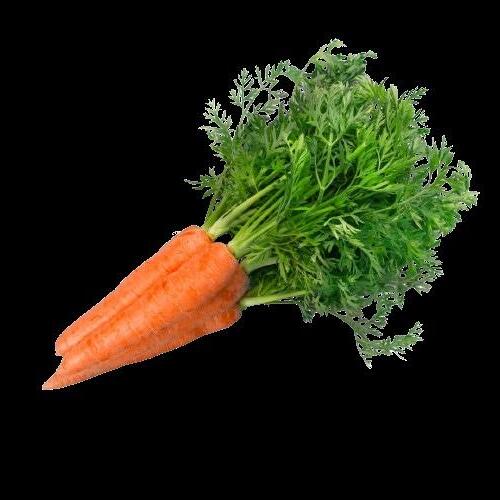
 Vitamin C Vitamin K
Vitamin A
Vitamin C Vitamin K
Vitamin A
Apples



Most apples are harvested & sold fresh.

Apples are one of the most widely cultivated tree fruits. The U.S. is home to approximately 322,000 acres of apple orchards. of the Most Popular Varieties of Apples:


apples make 1 gallon of cider.


varieties of apples are grown in the United States.
2,500 21% of apples are juiced.
An apple blossom is the flower that comes from an apple tree.

An apple tree takes at least 4 years to start producing fruit.

36
2.
3.
4.
5.
5
1. Red Delicious
Gala
Granny Smith
Fuji
Golden Delicious


Vitamin C



Vitamin C supports the immune systemthe body’s defense against infections.

ENERGY booster!
Vitamin C is also referred to as “ascorbic acid.”



Vitamin C is an antioxidant. Antioxidants help protect against damage caused by exposure to harmful substances in the environment.
The body cannot make vitamin C on its own - it has to come from food.
Vitamin C helps keep you happy & healthy! What do you call a vitamin that improves your eyesight?

A Vitamin C!

Vitamin C is a very important vitamin for healthy gums & teeth.
Broccoli


Broccoli is a related to cabbage, kale, cauliflower & others.
1. Sprouting
2. Heading



Pronounced · fr· uhs


The word broccoli means “the flowering top of a cabbage. ”


Broccoli is a part of the brassica family.

Broccoli grows during the

Broccoli
2
Vitamin K



2 main forms of vitamin K: K1 and K2.


The body has the ability to create vitamin K on its own.
Vitamin K helps the body heal from wounds.
Vitamin K is a fat-soluble which means… It absorbs better into the body when eaten with foods with some fat like olive oil or avocados

Vitamin K helps produce proteins bind themselves to calcium - this helps build strong bones

Vitamin K supports heart health.


Vitamin K is found throughout the body in the liver, brain, heart, pancreas & bones.
Vitamin K plays a role in proper blood function- specifically with clotting.
Carrots



Carrots are a type of root vegetable underground

Carrots are 88% water.






WINTERS underground!
Carrots are biennials, which means they have a 2-year life cycle.


Vitamin A






more vivid colors during the day

How far can you read down this eye chart?

speed up the healing process of cuts & scraps. Vitamin A is a fat-soluble vitamin.
How do you know carrots are good for the eyes?
You never see a rabbit wearing glasses!
Vitamin A supports the immune system to fight off infections.




Cucumbers



Cucumbers are technically fruits since they & contain seeds.
There are cucumbers.







World Cucumber Day is June 14th!

1 vine can produce 25 - 125 cucumbers. of cucumbers seeds.
Cucumbers grow on




B Vitamins


B Vitamins help support the body’s energy levels, brain function & cell metabolism
essential B vitamins:
Vitamin B1, Vitamin B2, Vitamin B3, Vitamin B5, Vitamin B6, Vitamin B7, Vitamin B9 & Vitamin B12.

Water is needed to help the body absorb B vitamins.



B5, B12, C and E knock on your door…what do you do? blood cells.

B vitamins helps the body make energy from food.
cannot store most B vitamins, so they need to be regularly consumed.
B vitamins plays a role in serotonin production. Serotonin makes us feel happy

8
In-Vitamin!



Milk is a type of dairy product –most commonly made from cows.
1. Ayrshire 2. Brown Swiss
Guernsey 4. Holstein 5. Jersey
1 cow produces around 6 gallons of milk/day.
1 serving milk contains 13 essential nutrients


Milking Shorthorn
Holstein cows all have a unique pattern of spots!



The U.S. produces ~227 BILLION pounds of milk each year.

The reason milk is white is because it contains “casein” - a type of protein. Milk is the source of ALL dairy products!


3.
Milk


Protein



Protein builds, maintains and replaces the tissues in the body.
Protein helps to transport & store nutrients throughout the body.
18-20% of the body is protein.
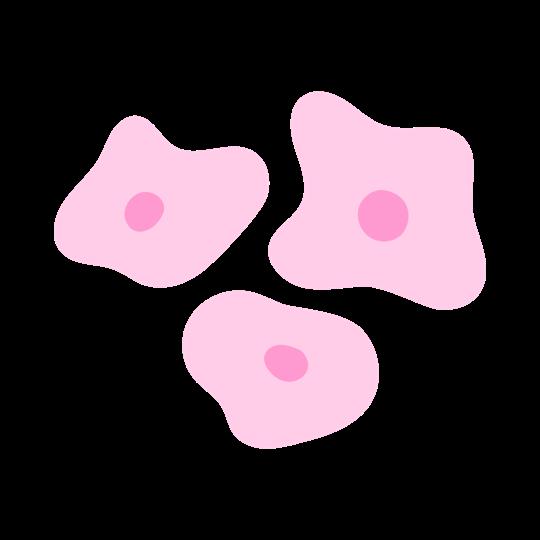
EVERY cell in the human body contains protein.

The body cannot store protein long term… which is why protein needs to be consumed daily.

Protein plays a big role in building and repairing muscles.


Protein is a MACRONURIENT. A macronutrient is a nutrient that the body needs in LARGE
Protein helps maintain fluid balance throughout the body.

“building blocks

Tomatoes


Tomatoes ate considered to be both a fruit & a vegetable!
1. Cherry 2. Grape 3. Roma 3
Popular Types of Tomatoes:
12,000+ TONS of fresh market tomatoes are grown/year in the U.S.
93% Americans grow tomatoes in their own garden.
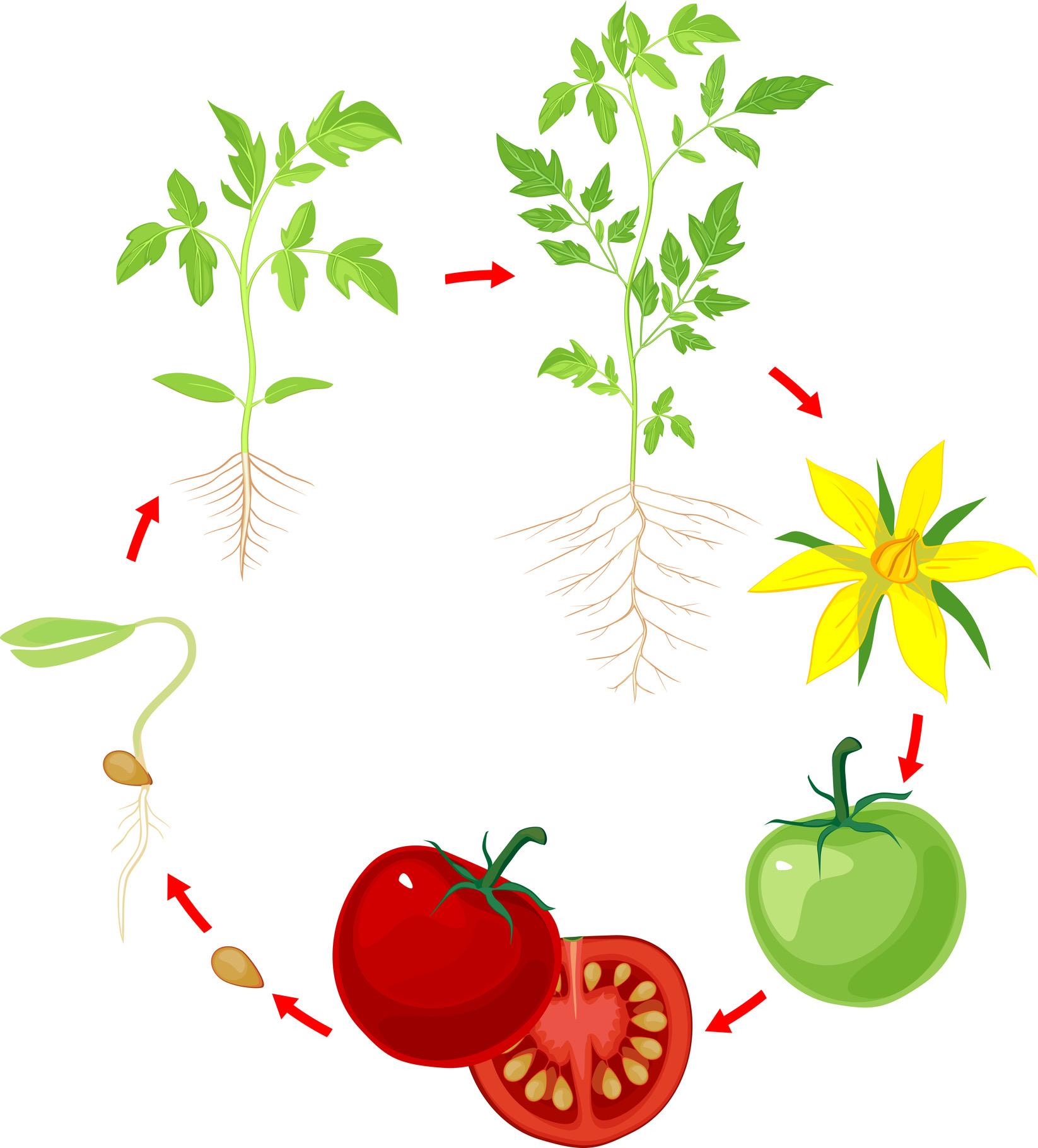

Tomatoes are usually categorized into processing tomatoes.
“Wolf peach”

Botanically, tomatoes fruit!
Over
10,000 varieties of tomatoes.
Tomatoes are at peak harvest July – September.
Tomatoes are a warm season crop that love the sun.


Potassium


Potassium supports balancing fluid & proper function of the

Once potassium enters the body, electrolyte
Electrolytes help amount of water in the body.

FUN FACT:

Potassium is the THIRD most abundant mineral in the body.
Potassium helps promote bone health.
The body is made up of approximately 60% water.
Potassium helps to regulate muscle contractions.

98% of the body’s potassium is found it its cells.

Many runners eat foods high in potassium before a run to prevent muscle cramps




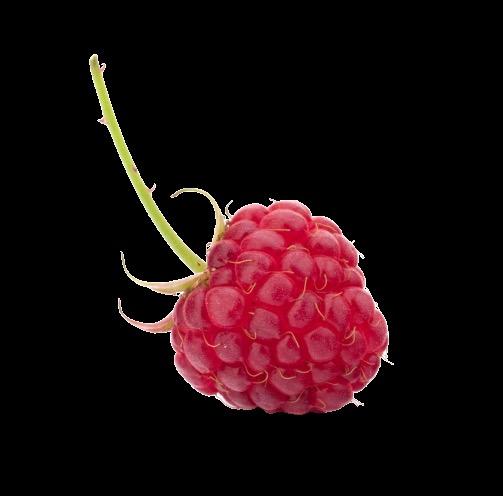












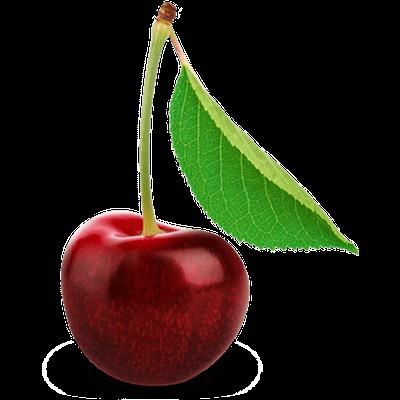






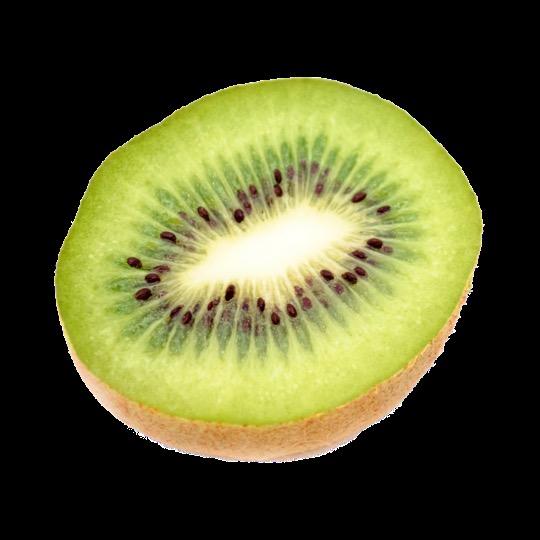
























 Vitamin C Vitamin K
Vitamin A
Vitamin C Vitamin K
Vitamin A



























































































































